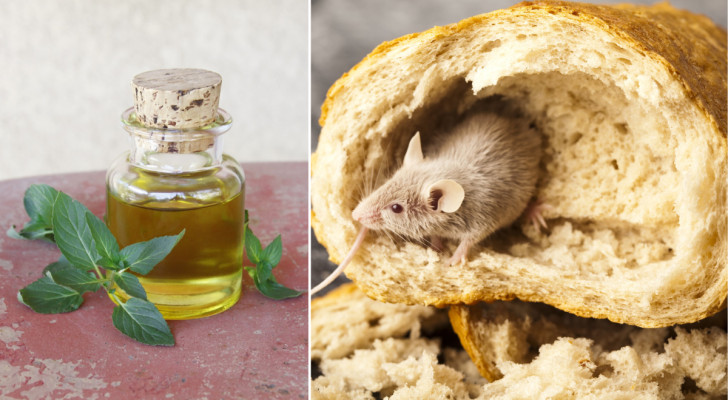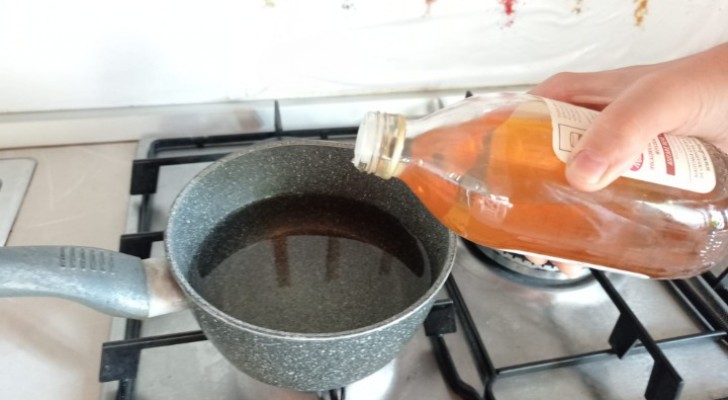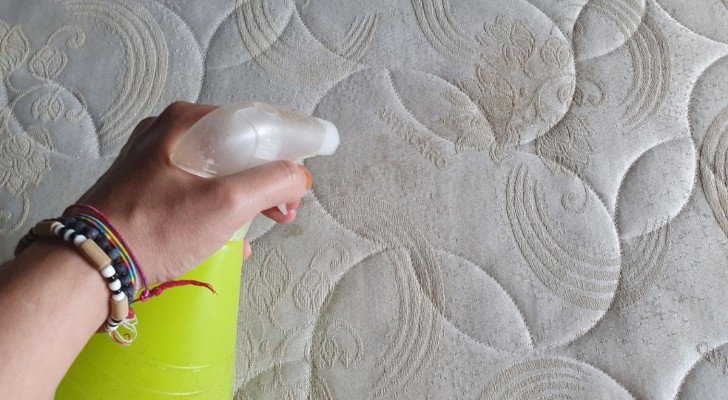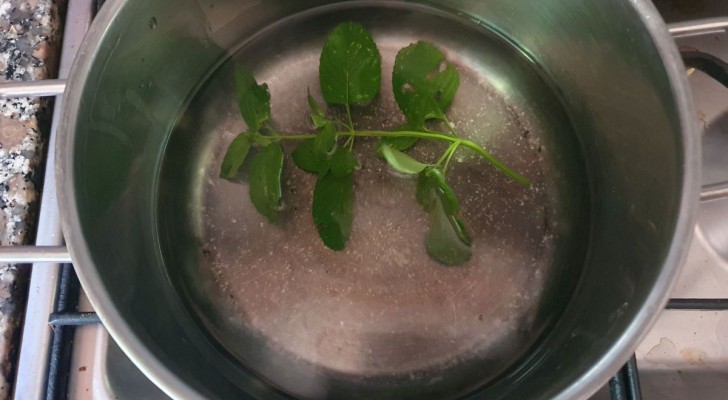Humidity in the home: you can prevent or eliminate it with these 8 simple solutions
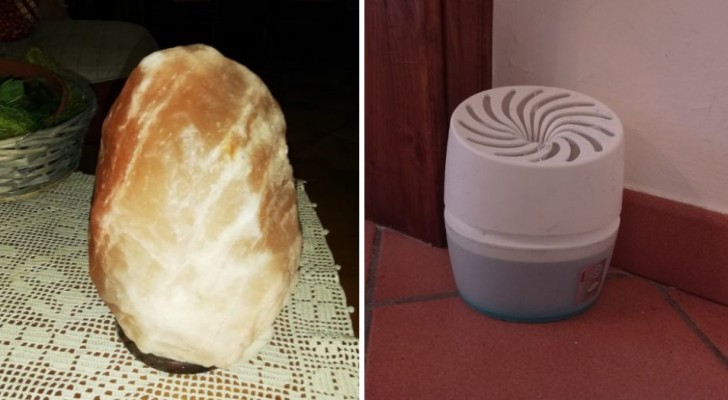
Humidity levels are a very important parameter in our homes: it is essential that it be kept within a range from 40% and 60% so that no problems arise. Excessively dry air could dry out our mucous membranes and cause a feeling of fatigue and thirst - as well as causing other ailments. But excessive humidity can also be harmful - not only for us - but for our homes. Unsightly damp spots on the walls, condensation on the walls and glass, the proliferation of mold, etc can be harmful to the structure of our homes.
So what can we do to ensure that the humidity levels in our homes do not become excessive? Here are 8 simple solutions:
1. Do not dry laundry in the living room
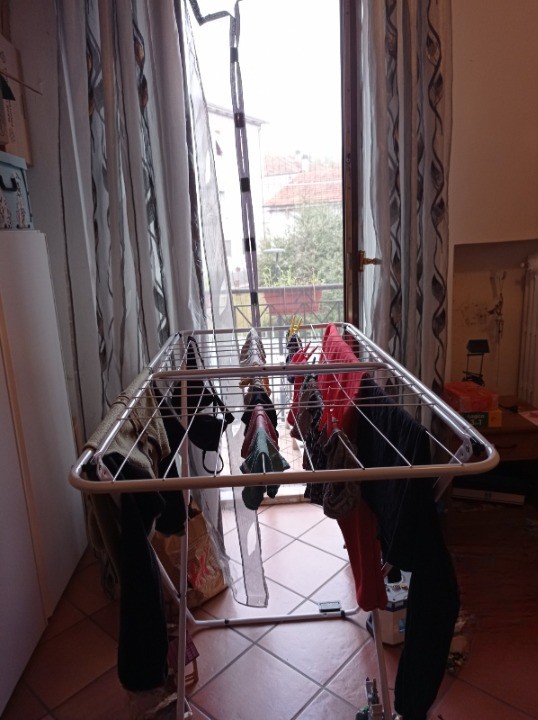
Creativo
Drying laundry indoors is something many of us have to do, especially in winter when the days are cold and rainy. If investing in a dryer is not one of your short-term plans, you can choose to hang out the laundry in a room where you will be able to open the windows and air the room; in this way, humidity will not be able to settle on the walls and ceilings.
2. Ventilate the home properly

Creativo
It may seem obvious, but how many of us don't open the windows every day, especially in winter? But this is the first thing to do to combat humidity: drier outdoor air will help reduce humidity levels and will prevent damp spots and mold from developing. Opening all the windows for 10 minutes in the morning will not cool down your home excessively - but it will keep the air healthier and drier.
3. Use of natural or chemical dehumidifiers
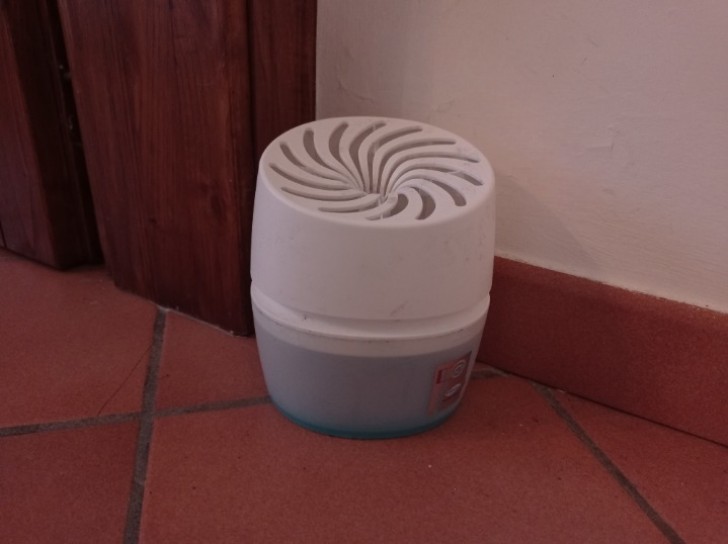
Creativo
In shops, there are hydrophilic crystal moisture absorbers available that are very effective in capturing the moisture in the air which, converted into liquid, collects in the tank below. For an optimal result, place one in every room of the house and the air will be much healthier.
Alternatively, you can make a natural absorber with a plastic bottle and coarse salt: cut the bottle the 2/3 mark and make holes in the cap. Put 150 g of coarse salt in the upper part and put it in the freezer for one night. Place the part with the coarse salt into the lower part (inverted), securing it with adhesive tape and placing it in the room to be dehumidified.
4. A salt lamp
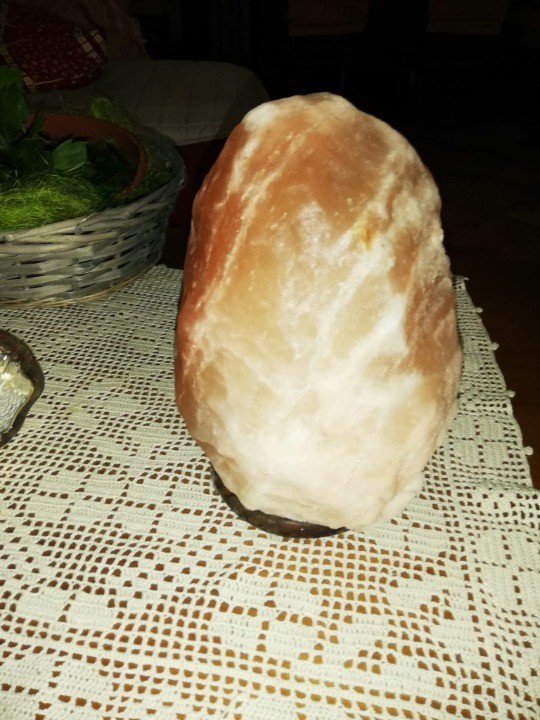
Creativo
As an alternative to dehumidifiers, you can buy Himalayan pink salt lamps. They are very beautiful to look at, create a nice atmosphere and help you to keep the humidity levels in the air constant. The salt they are made of will absorb excess moisture (or release it in case of excessive dryness of the air). They come in different sizes, each suitable for various environments.
5. Electric dehumidifiers
For very humid environments, if a chemical dehumidifier is not sufficient, you can also use an electric dehumidifier. These appliances suck in the humid air in the home, collecting the humidity in a condensation tray. They are very effective but consume a lot of energy, so reserve them for extreme situations and key areas, such as the bathroom (especially those without windows).
6. Install double glazing
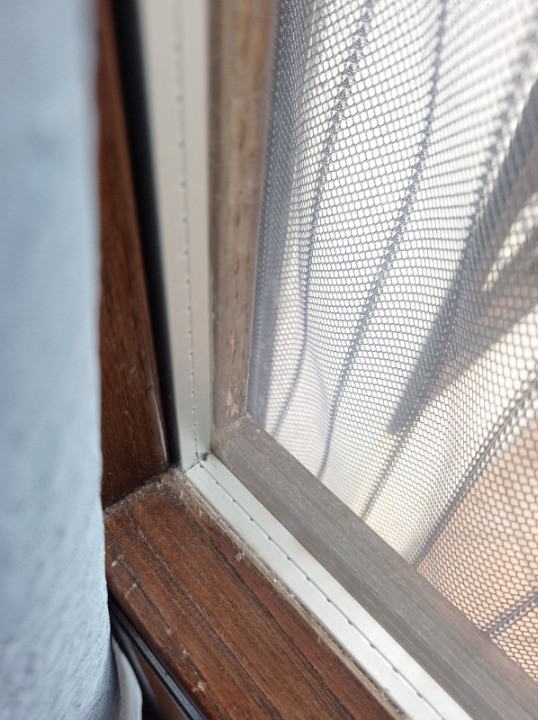
Creativo
New houses now all have double glazing, but older ones might not. If you can invest in double glazing, do so. The house will be more insulated and will be less humid.
7. Take advantage of the air conditioner
If you already have an air conditioner in the house, check if it has an anti-humidity function (now present in almost all models); you can use it to make the air in the home healthier and drier. If, on the other hand, you are considering buying an aircon unit, then keep this in mind when choosing a model: make sure that it comes with this functionality and that it is a low energy consumption model.
8. Anti-damp plaster
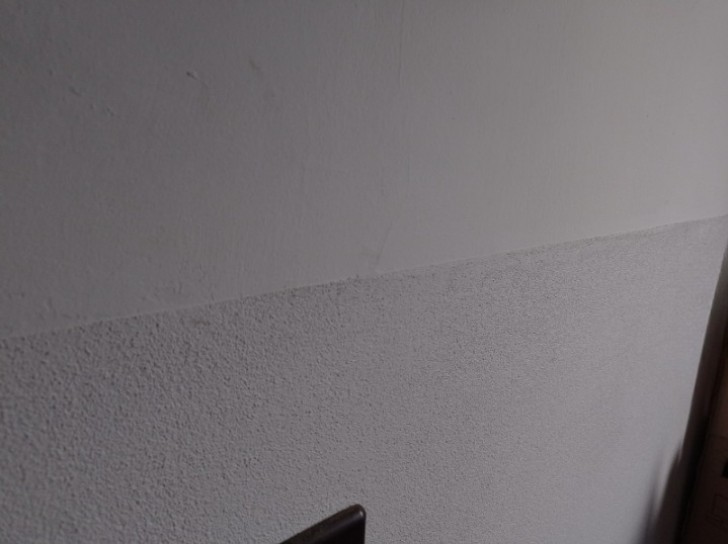
Creativo
If all the above remedies have not helped to solve your humidity problem, it is probably a structural issue. You apply a dehumidifying plaster to the walls which is more breathable than traditional plasters. This plaster reduces the absorption of moisture by the walls and keeps them dry.
What remedies do you use to combat humidity in your home?
